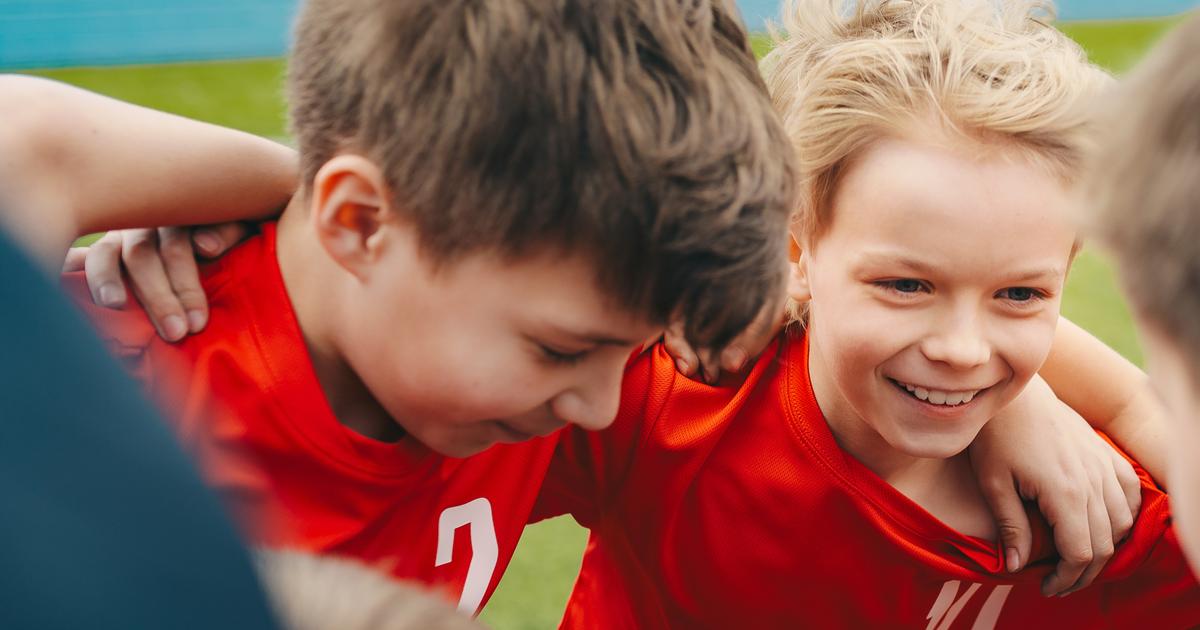Guide To The Causes, Risk Factors, And Transmission Of Ringworm
Ringworm, dermatophyte infection, and dermatophytosis are terms used to describe a skin infection caused by one of several types of fungi. Despite the name of the infection, no parasites cause an individual to develop ringworm. Symptoms of ringworm are dependent upon the location. When ringworm affects the skin, an individual may develop scaly, red, and itchy plaques on the skin. These plaques may form into pustules or blisters, and they may have a darker red color on their border that resembles a ring. When ringworm affects a patient's nails, they can experience discoloration, abnormal thickening, or may crack. When ringworm affects the scalp, bald patches may form. Diagnosis of ringworm is made with a physical examination with a blacklight, skin biopsy, fungal culture, and KOH or potassium hydroxide examination.
There are several options for ringworm treatment, and many of them vary based on the specific type. Athlete's foot treatment, for instance, often includes a topical antifungal cream. Some individuals will take oral medicine for ringworm, which is most often an oral antifungal. A good option for scalp ringworm is an antifungal shampoo. Of course, it is vital for individuals to understand the causes and transmission of this condition first to ensure that they receive the best treatment for ringworm.
Human To Human

In the United States, the most common source of ringworm infection is contact with other infected humans directly and by contact with objects belonging to another infected person. Direct skin contact allows the fungus to be transmitted to a new host without being killed off by external factors that would play some role if the fungus was transferred to an object before another host.
A common source of ringworm transmission between humans is participation in direct contact sports, including rugby, soccer, football, wrestling, lacrosse, and basketball. These sports can cause the transmission of ringworm because they involve a large amount of direct skin contact between two or more individuals. When children between four and eleven years old develop ringworm infection, it most often occurs on the scalp and face. Individuals who have compromised immune systems are at a greater risk of developing ringworm when they participate in any activity that involves contact with the skin of others.
Animal To Human

Ringworm can develop in animals and be spread to humans. Common sources of ringworm infection from animals to humans include contaminated household pets, cattle, cows, horses, and other farm animals. Small rodents, ferrets, rabbits, and guinea pigs can also become infected and spread ringworm to humans. Many individuals contract ringworm from grooming a cat or dog infected with the fungus. An individual who comes in contact with moist soil that could be contaminated from a farm animal or cattle is also at an increased risk of developing ringworm.
Individuals and pets who engage in hunting activities involving contact with any rodent are at a greater risk of developing ringworm. Individuals who have pets known to dig frequently in moist warm soil can contract a ringworm infection from their pet. Fleas can serve as vectors for the infectious arthrospores that cause a ringworm infection. Thus, pet owners who do not use flea protection on their pets or live in flea prone climates are at an increased risk of contracting ringworm.
